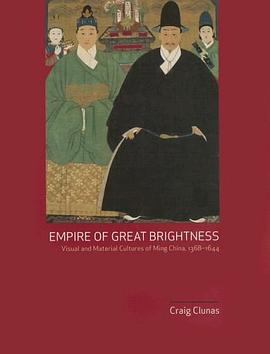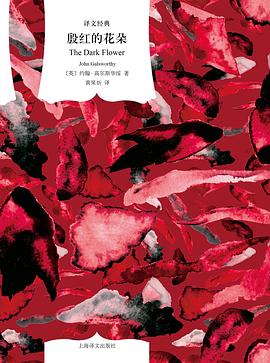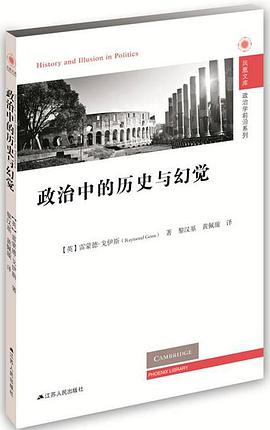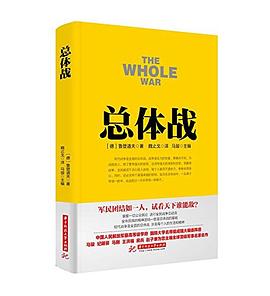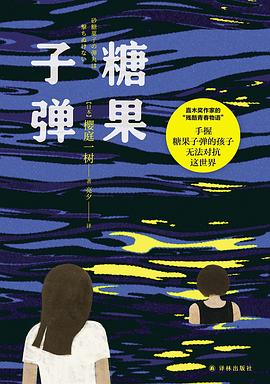Empire of Great Brightness
内容简介
"Empire of Great Brightness" is an innovative and accessible history of a high point in Chinese culture, seen through the riches of its images and objects. Not a simple emperor-by-emperor history, it instead introduces the reader to themes that provide stimulating and original points of entry to the culture of China: to ideas of motion and rest; to the position occupied by writing and objects featuring writing; to ideas about pleasure, about violence and about ageing. It challenges notions of Ming China as a culture closed off from the rest of the world by emphasizing the vibrant interactions between China and the rest of Asia at this period. Craig Clunas uses a wide range of pictures and objects from Ming China to illustrate familiar areas such as painting and ceramics (including the blue-and-white porcelain of the period, arguably the world's first global brand'). He draws on items from public and private collections from around the world, which will be new even to specialists, including weapons, architecture, textiles and items of dress, printed books (from Ming pornography to the world's first illustrated reading book for children).
He also examines contemporary sources from government edicts to novels and phrasebooks of colloquial Chinese as well as the most recent scholarship to illuminate this most diverse period of Chinese art and culture. "Empire of Great Brightness" offers a varied and stimulating resource for all scholars of China's cultural history, for historians and art historians of related aspects of the early modern world, and for readers who are intrigued by China's past.
......(更多)
作者简介
Craig Clunas is Professor of History of Art at the University of Oxford, and the author of Superfluous Things (1991), Fruitful Sites: Garden Culture in Ming Dynasty China (Reaktion, 1996), Pictures and Visuality in Early Modern China (Reaktion, 1997), Art in China (1997) and Elegant Debts: The Social Art of Wen Zhengming (Reaktion, 2004).
......(更多)
目录
......(更多)
读书文摘
不过,更让人吃惊的是,这个系统里没有那些世袭统治者的身影。竟然没有一个“皇帝”的图像,可以让孩童知道自己是皇帝的子民。这个系统里也没有哪怕一个皇室成员或世袭王侯的图像,要知道皇家宗室是明代膨胀极为剧烈的群体,明代立国之初仅有58人,及至16世纪中叶已经达到28440人,到明代覆灭之时估计可能有10万人,这么巨大的群体至今在研究上仍然十分薄弱。
经典文献中说,颜色是不可相信的,文人精英们对此也十分清楚。作为一种视觉现象,颜色会耗尽眼睛的精气,颜色是模仿性的,令人不安,会使人陷入尘世间的表象的罗网,而不是像文人的笔墨那样,以独特的感受抵御着感官诱惑的世界。
......(更多)
